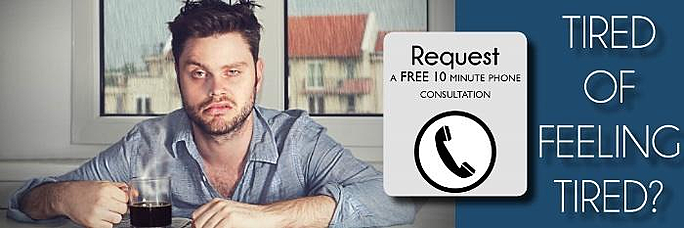
In light of these findings, researchers now believe that sleep and physical activity have a bidirectional link. So, adjusting your exercise routine may help you sleep better. According to the research, getting an acceptable quantity of sleep may help you maintain a higher level of physical activity throughout the day.
Below are some of the best exercises to lessen your sleep problems.
Walking
A pleasant walk in the fresh air may be the perfect remedy to your sleeplessness. Walking at any pace is an excellent method to unwind after a long day at the office. The combined effects of physical activity and exposure to nature work together to promote restfulness and relaxation.
Try it out: Take a 30-minute walk in the evening at some point during the day (or however long you have time for). Choose your pace based on how you are feeling on that particular day. It is possible that listening to soothing music while walking will boost the impact of your walk on your sleep.
Strength Training
Some people believe that completing strenuous workouts at night, such as weightlifting, causes sleep disruption, but studies have found that this is not the case. It’s important to remember that you don’t have to go all out during your nocturnal strength training session. If you’re concerned that you’ll have difficulties sleeping, limit your strength training exercise to a shorter or less strenuous duration before bed.
Try it out for yourself: Using a kettlebell or a set of dumbbells will deliver a more powerful burn, while bodyweight strength training is a lighter pre-bed workout option. Choose two to three exercises and perform three sets of ten repetitions of each. Alternatively, you may try a circuit.
Jumping Rope
Jumping rope as a pro-sleep workout may have never occurred to you before. Jumping rope, because of its repetitive nature, can help to calm tense and racing brains before bed. The most important thing is to keep track of your reps. If you want to go fast or slow, that’s fine. But counting your jumps provides a distraction from the rest of the day’s worries and gives your mind something to focus on. It’s similar to counting sheep, except you get to get all of the benefits of physical activity simultaneously.
To put it into practice, perform four sets of 50 jumps, taking a one-minute break between each set.
Flexibility training
Having aches and pains might make it difficult to sleep well. If you have trouble sleeping because your body is hurting, try incorporating flexibility training into your bedtime routine to help you sleep better. Stretching at night will help mobilize any stiff joints and release any stiff muscles accumulated during the day. Using a foam roller can also be beneficial.
Try it out for yourself: Choose two deep stretches for each body area that is bothering you. In each stretch, accumulate 2 minutes, dividing the time up as necessary.
Cycling
Riding a bike has been found to lessen sleep-related problems. It may be time to replace your traditional bike with an electric bike with functioning bicycle engine kits. Riding an electric or motorized bike, whether for commuting or recreational purposes, can make a major difference in your health by boosting cardiovascular conditioning, improving brain function, and assisting you in maintaining healthy body weight, among other benefits.
Bike riding is one of several types of exercise that get you outside, raise your heart rate, and provides you with the numerous health advantages associated with physical activity.
Aside from promoting better sleep and combating insomnia, riding an electric bike has improved performance. For example, a long-term study discovered that doing regular exercise helped people fall asleep more rapidly than those who remained sedentary over the study period. In addition, persons who exercised were less likely to wake up in the middle of the night than those who did not exercise.
Conclusion
The association between physical activity and sleep has been the subject of much research. Getting an acceptable quantity of sleep may help you maintain a higher level of physical activity throughout the day. Try these exercises to lessen your sleeplessness: walking, jogging, jumping rope, and strength training. If you have aches and pains, try incorporating flexibility training into your bedtime routine to help you sleep better. Stretching at night will help mobilize any stiff joints and release any stiff muscles accumulated during the day. Ride an electric bike for commuting or recreational purposes.
If you are struggling with getting enough sleep or would like some expert advice about the connection between exercise and sleep, contact your local sleep experts. If you live in Alaska, click on the link below to connect with a professional sleep specialist at the Alaska Sleep Clinic.












